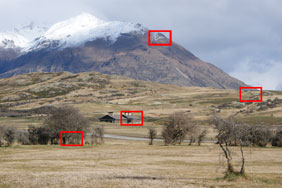Sony Alpha DSLR-A380
-
-
Written by Gordon Laing
Real-life resolution - Sony Alpha DSLR-A380 vs Nikon D90
Sony Alpha DSLR-A380 with Sony DT 18-55mm SAM |
Nikon D90 with Nikkor DX 18-105mm VR | |
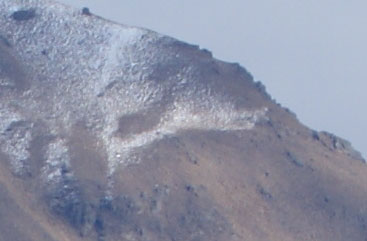 | 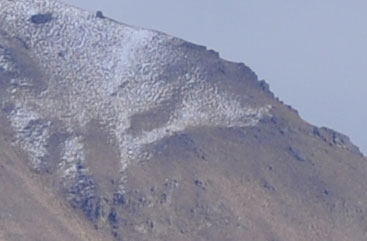 | |
f8, 100 ISO |
f8, 200 ISO | |
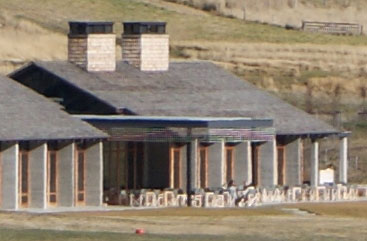 | 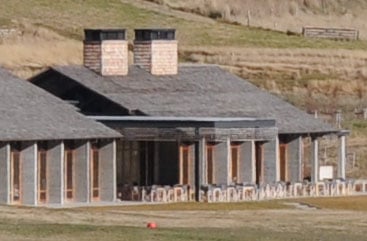 | |
f8, 100 ISO |
f8, 200 ISO | |
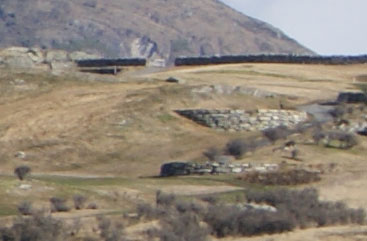 | 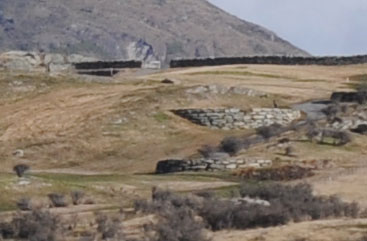 | |
f8, 100 ISO |
f8, 200 ISO | |
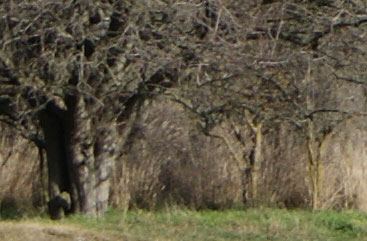 | 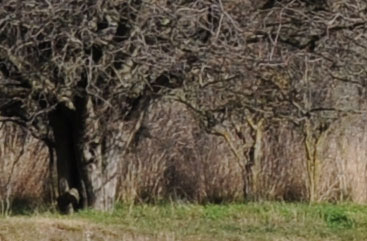 | |
f8, 100 ISO |
f8, 200 ISO | |
Sony Alpha DSLR-A380: JPEG versus RAW
|
We photographed the scene pictured left using the A380’s RAW plus Large Fine JPEG mode, allowing us to directly compare images created from exactly the same data. Below are crops taken from the original JPEG file alongside the RAW version, processed in the supplied Image Data Converter SR 3.1 using the default settings. The converted RAW file using the default settings is essentially identical to the in-camera JPEG, with the same degree of real-life detail, and the same colour and tonal style. Of course tweaking the settings may deliver superior results, and shooting in RAW gives you greater flexibility when it comes to adjusting things like White Balance, but sadly we’re not seeing a boost in quality here with the defaults. Now let’s look at the Sony Alpha A380’s resolution in a studio environment. |
Sony Alpha DSLR-A380: JPEG with Sony DT 18-55mm SAM |
Sony Alpha DSLR-A380: RAW with Sony DT 18-55mm SAM | |
 |  | |
f8, 100 ISO |
f8, 100 ISO |
|
|
The image above was taken with the Sony Alpha DSLR-A380 at a sensitivity of 100 ISO and the kit lens set to 50mm f8; the original Large Fine JPEG file measured 5.56MB. The crops below are taken from the areas marked by the red squares and presented at 100%. Note our usual elevated view of Queenstown was unavailable at the time of testing the Alpha A380.
Note we intended to compare the A380 against the similarly-priced Nikon D5000 in these results pages, but Nikon was unable to supply one. As a replacement we used the Nikon D90, which may be a more expensive model, but one which shares the same sensor and imaging pipeline as the D5000. So while the kit lenses supplied with each of these Nikon bodies is different, much of the image quality and character you see from the D90 across these results pages is also representative of the D5000. This particularly applies to the crops taken from near the middle of the image, where both Nikkor kit lenses perform similarly, especially when closed to f8 as here. As such we believe it to be a fair comparison in terms of real-life resolution and noise levels.
The Sony Alpha A380 has a two Megapixel advantage over the D90 and D5000, and therefore its crops below show a slightly smaller area. But as you’ll see across our results and gallery pages, this doesn’t necessarily mean the Sony records greater real-life detail.
From the crops below, it’s clear to see how the A380 adopts a quite different approach to many of its rivals, delivering relatively soft output, compared to the crisper, punchier images from most consumer-targeted models. When viewed in isolation, the A380’s images at lower sensitivities look fine, but when directly compared against a model like the Nikon D90 below, it invariably comes across as looking a little muted with its default settings.
Much of this can be improved with a boost in sharpening and contrast, or by simply switching to the Vivid Creative Style, but it’s unusual to find Sony continuing a relatively restrained approach to image processing by default, when most of its target audience of DSLR beginners would probably prefer the punchier output delivered by its rivals – or indeed the company’s own range of Cyber-shot compacts.
Of course much of this is down to personal preferences in image processing, but judging from the crops below, one thing’s absolutely clear: the A380’s extra two Megapixels aren’t recording noticeably greater real-life detail than the Nikon bodies, and to see any benefit of its higher resolution sensor you’ll need to shoot technical charts – which is exactly what we’ve done on the following A380 Studio Resolution page.
Alternatively if you can wait a moment, scroll down to the bottom of this page to see if shooting in RAW can give the A380 any advantage over its in-camera JPEGs.

